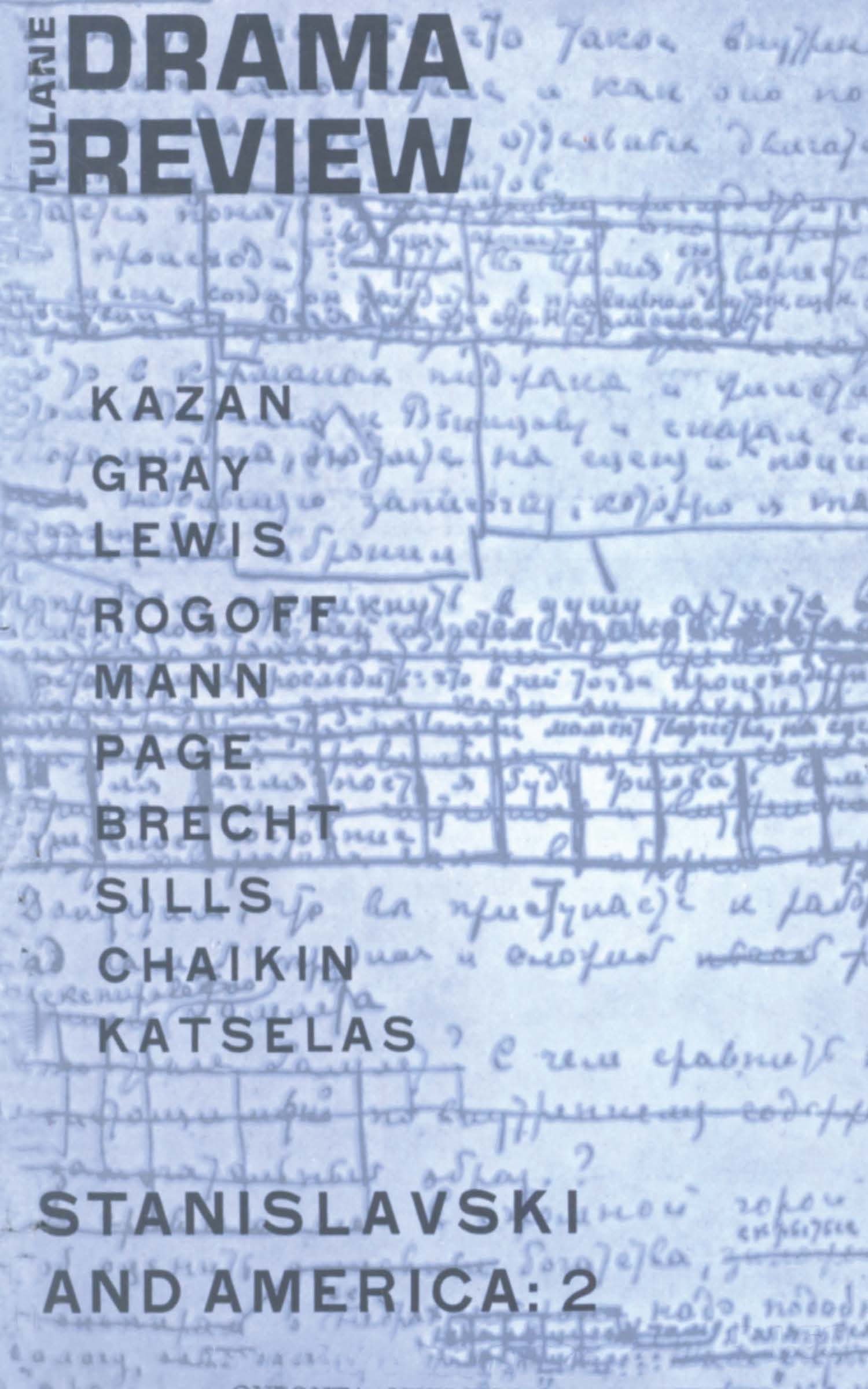Article contents
The Inner and the Outer Reality
Published online by Cambridge University Press: 14 February 2022
Extract
Ionesco is the closest thing we have to an abstract expressionist in the theatre. His plays are plainly autobiographical and confessional. “I try to project on stage an inner drama (incomprehensible even to myself) telling myself, nevertheless, that since the microcosm is the image of the macrocosm, it may happen that this torn up, disarticulated inner world is in some way the mirror or the symbol of universal contradictions.” He discovers the astonishing in the banal, the unreal in the real, the new in the old, the fresh in the stale, and the archetype in the stereotype. His work is romantic and subjective, mirroring his own anguish and inner struggles, translating them into symbols and patterns that have been empathetically embraced by audiences throughout the world. But this empathy should not confuse us.
- Type
- Research Article
- Information
- Copyright
- Copyright © 1963 The Tulane Drama Review
References
1 Sartre throws a strong light on this in Being and Nothingness. “It is within the sentence, in fact, that the word can receive a real function as a designation; outside of the sentence the word is just a propositional function… Entire sentences, commonplaces, do not, any more than words, pre-exist the use which is made of them… To understand the word in the light of the sentence is very exactly to understand any given whatsoever in terms of the situation and to understand the situation in the light of the original ends… In order for words to enter into relations with one another, in order for them to latch on to one another or repulse one another, it is necessary that they be united in a synthesis which does not come from them. Suppress this synthetic unity and the block which is called speech disintegrates; each word returns to its solitude and at the same time loses its unity, being parcelled out among various incommunicable meanings.”
2 “Ontological Insecurity,” in Psychoanalysis and Existential Philosophy, a selection of essays edited by Hendrik M. Ruitenbeek.
3 Insolite is one of Ionesco's favorite words; it is difficult to translate. An insolite world is one in which anything may happen, without cause, at any time; it is a world of simultaneously hilarious and horrendous caprice. The insolitelurks in the most everyday experiences; it surprises us, sometimes comically, sometimes tragically, sometimes in both ways at once. The Professor's rape-murder of the Pupil is insolite, as is Mrs. Martin's description of a man tying his shoelace. But the insolite is not limited to phenomena—it pervades the entire structure of the plays. The sudden changes in character, the electric introduction of startling images, and the violet wrenches in the course of die action—these are all insolite. In short, the insolite is an attitude, a way of looking at the world.
4 “Ionesco and the Comedy of Absurdity,” Yale French Studies, No. 23 (Summer, 1959).
5 The “meaning” of the corpse has troubled many people. The corpse stands for many things: dead love, guilt, Madeleine's engulfment of Amédée, the past itself with all its pressures and mysteries. Most importantly, however, in terms of the play, the corpse is simply given. It is there, a threat, a danger, and finally, a temptation, and a liberator.
6 We must remember that although Ionesco wrote his first produced play in 1949, he had long cherished the ambition of being a writer. Success came phenomenally fast for him if we assume that his creative life began in 1949. To make such an assumption, however, contradicts the evidence of Ionesco's notebooks and statements. He sought a literary career from childhood.
7 Note the pervading image of fire in this speech, an image that runs through all of Ionesco's work, from The Bald Soprano to Le Piéton de l'Air. Fire has always been a symbol for the self, the ego. Remember it is Marie in The Bald Soprano—the one person in the play who knows who she is—who recites that strange poem, “The Fire.” Be'renger in Le Piéton de l'Air has a vision of fire clashing against ice. In The Killer when BéYenger feels most secure, he talks about the “four suns” in the sky. Amédée, when he opens the window in the second act—the gate to his freedom—sees “Honeycombs, countless galaxies, comets’ tails, celestial ribbons, rivers of molten silver, and brooks, lakes, oceans of palpable light.” On the other hand, when the self is most threatened, the images are of darkness, such as the gray light which ends Jack or The Chairs, or the blackness in which the characters in The Bald Sopranocarry on their frantic search for themselves.
8 It is only in French that we can appreciate the eloquence of this speech. For example, “Je te tuerai, tu vas payer, je continuerai de tirer, ensuite je te pendrai, je te couperai en mille morceaux, je jetterai tes cendres aux enfers avec les excrements dont tu proviens, vomissure du chien galeux de Satan, criminel crétin.
9 There is, as I have noted, a good deal of duplication of names in Ionesco's plays, and characters with the same name usually share something. For example, Marie is the maid in both The Bald Soprano and The Lesson, and Madeleine is the wife in both Victims and Amédée. But in the Bérenger plays (including Le Piéton de l'Air) there is much more than a mere functional identity between the characters called Bérenger. Indeed, Bérenger's experience—his being-in-the-world—is different in each play, but he brings the same essential self into all three plays. He has an abiding sense of goodwill, a warmth, a love of his fellowmen, an easy emotional flow, and, perhaps most importantly, a certain kind of charming and disarming Charlie Chaplin helplessness.
- 1
- Cited by


